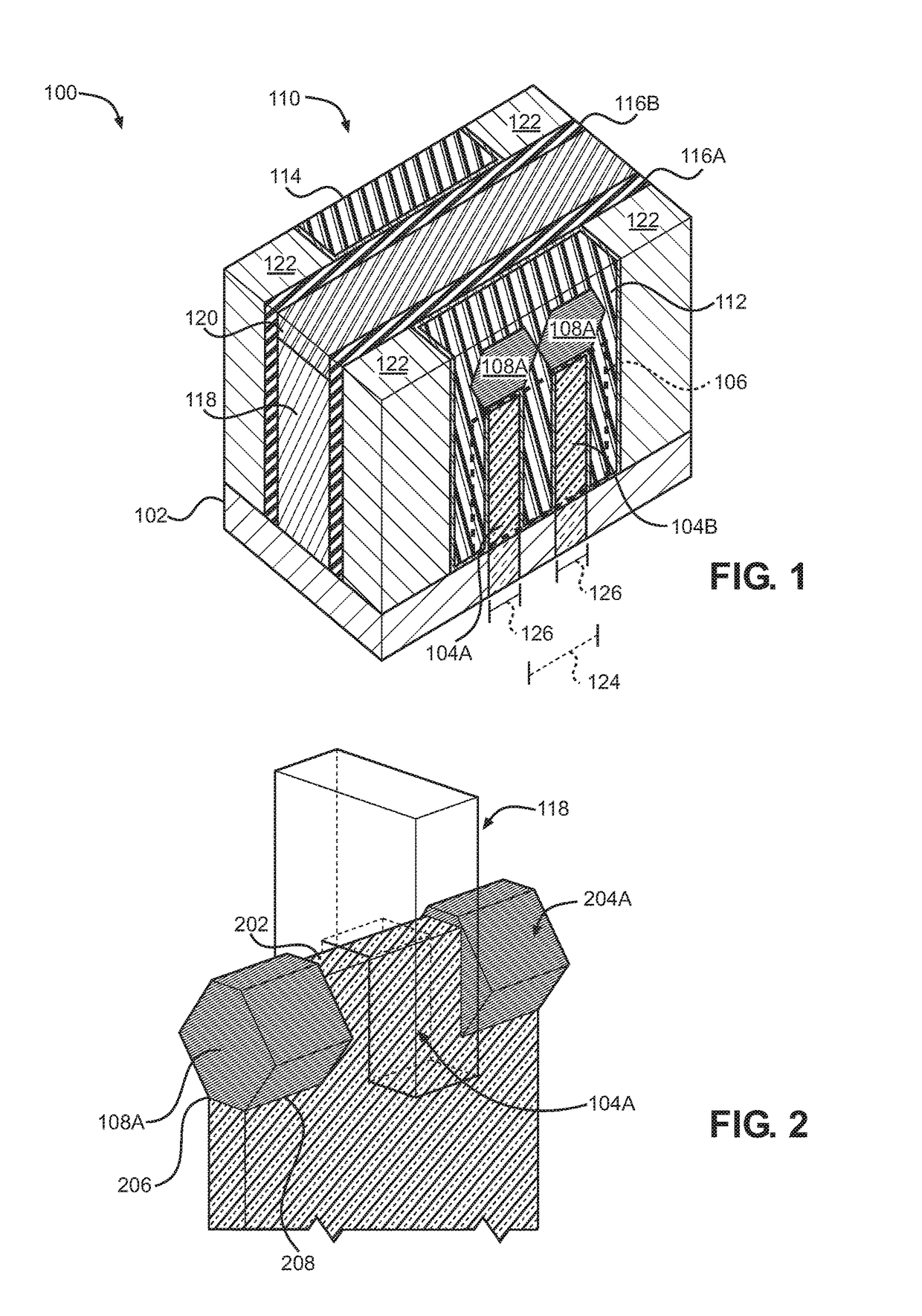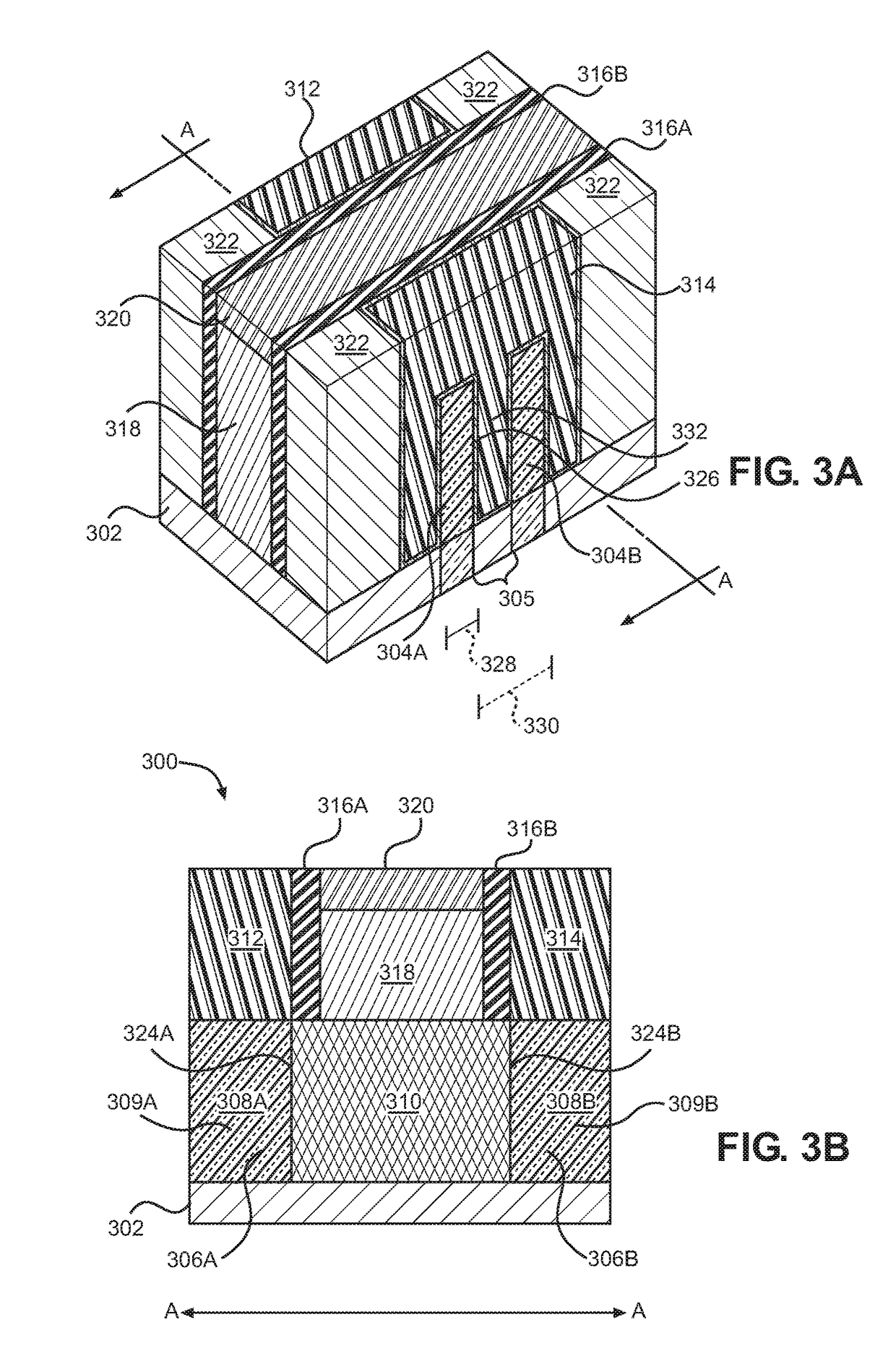Complementary metal oxide semiconductor (CMOS) devices employing plasma-doped source/drain structures and related methods
a metal oxide semiconductor and source/drain technology, applied in the direction of semiconductor devices, electrical apparatus, transistors, etc., can solve the problems of increasing current leakage, degrading performance, and complex functionality of electronic devices, so as to reduce the width of the channel structure, shorten the adjacent channel structure, and reduce the contact resistance of the channel
- Summary
- Abstract
- Description
- Claims
- Application Information
AI Technical Summary
Benefits of technology
Problems solved by technology
Method used
Image
Examples
Embodiment Construction
[0030]With reference now to the drawing figures, several exemplary aspects of the present disclosure are described. The word “exemplary” is used herein to mean “serving as an example, instance, or illustration.” Any aspect described herein as “exemplary” is not necessarily to be construed as preferred or advantageous over other aspects.
[0031]Aspects disclosed in the detailed description include complementary metal oxide semiconductor (CMOS) devices employing plasma-doped source / drain structures and related methods. In certain aspects, a source and a drain of a CMOS device are formed at end portions of a channel structure by plasma doping end portions of the channel structure. In particular, the end portions of the channel structure are plasma-doped above a solid state solubility of the channel structure and annealed for liquid phase epitaxy and activation (e.g., superactivation) to form the source and drain of the CMOS device. In this manner, the source and drain can be integrally f...
PUM
 Login to View More
Login to View More Abstract
Description
Claims
Application Information
 Login to View More
Login to View More - R&D
- Intellectual Property
- Life Sciences
- Materials
- Tech Scout
- Unparalleled Data Quality
- Higher Quality Content
- 60% Fewer Hallucinations
Browse by: Latest US Patents, China's latest patents, Technical Efficacy Thesaurus, Application Domain, Technology Topic, Popular Technical Reports.
© 2025 PatSnap. All rights reserved.Legal|Privacy policy|Modern Slavery Act Transparency Statement|Sitemap|About US| Contact US: help@patsnap.com



